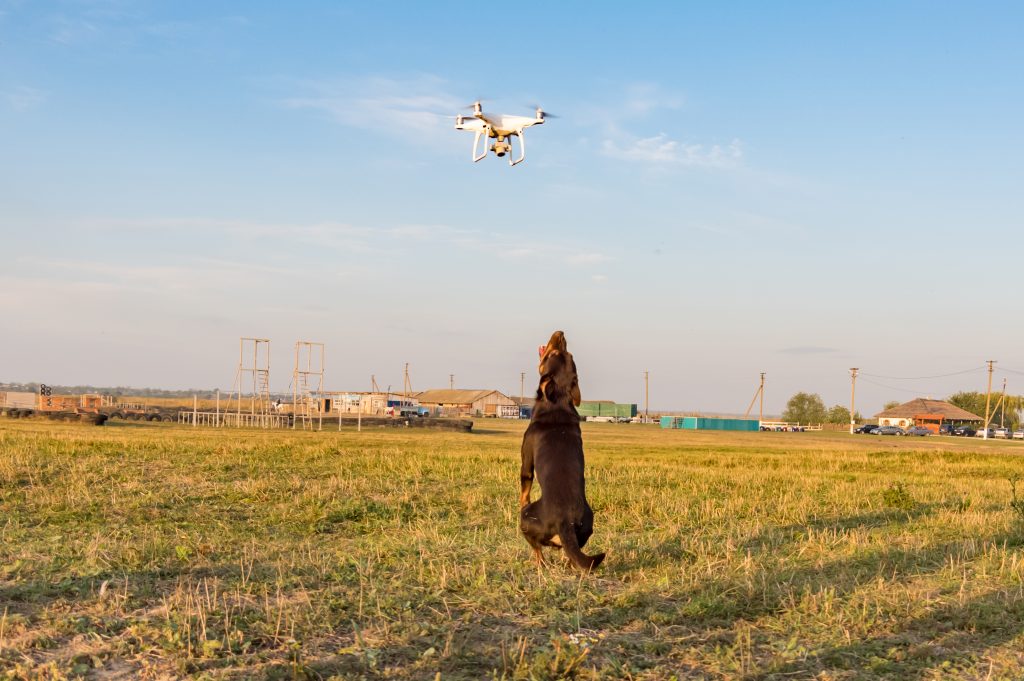Drones, which are remote controlled aircraft, can be used to monitor animals for research or for their welfare. So, whilst drones may provide some potential benefits, there is currently very little information regarding the direct effects of drones on animals. There are many factors involved including different species of animals, various life stages, changing environment and technological advances in the development of new drones. However, the limited studies that have been conducted suggest that drones do have an impact on animals but more research is needed [1,2,3].

Two major studies have revealed that flying drones around animals can result in behaviour changes and increased heart rates which may indicate stress induced by the sound and/or visual stimulus of the drone [2,3].
To minimise negative impacts of drones on animals, studies have recommended codes of practice until more research can be conducted to enable more comprehensive standards to be developed [2,3]. Key aspects contained in the suggested codes are summarised below:
- Obey civil aviation rules
- Seek approval from institutional ethics committees before using drones for research purposes near animals
- Anyone using drones should exercise caution to minimise disturbance of wildlife, particularly where endangered species or ecologically sensitive habitats are involved – ideally have experienced pilots fly near wildlife to minimise risk and flight time required
- Utilise drones with low noise production and size
- Launch and land drones at least 100m from animals and fly at a reasonable altitude and distance from animals at all times
- Avoid moving directly toward the animal as it may mimic a predator’s movements – lawn mower patterns have been found to have minimal disturbance effects
- Where ever possible, expert advice should be obtained if there is no research available for a given species’ response to drones and thus what is a reasonable distance to fly from the animal to minimise potential disturbance
- Monitor animal responses to the drone and cease flying if they become excessively disturbed
- When conducting studies around animals with drones, the exact flight practices such as altitude and distance from animals and the responses of the animals should be reported as part of the study to assist future research and regulations
References
[1] Mulero-Pazmany M et al (2017) Unmanned aircraft systems as a new source of disturbance for wildlife: A systematic review. Public Library of Science One (PlosONE), 12(6).
[2] Vas E et al (2015) Approaching birds with drones: first experiments and ethical guidelines. Biology Letters, vol. 11.
[1] Hodgson J & Koh L (2016) Best Practice for minimising unmanned aerial vehicle disturbance to wildlife in biological field research. Current Biology, 26(10):404-405.
